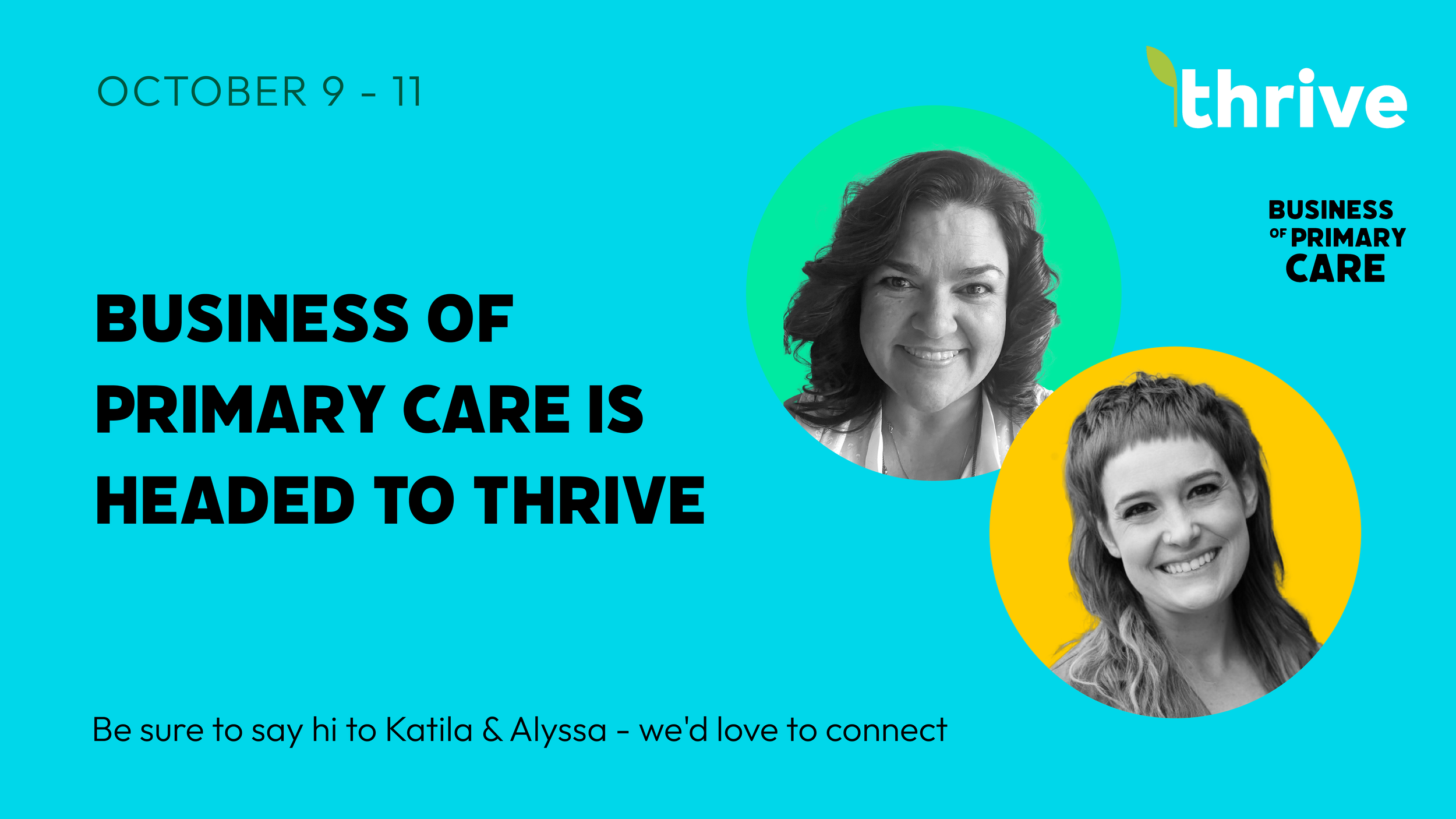Pre-Visit Planning
A good proportion of healthcare delivery in the US happens on the fly. Even when an office visit is scheduled in advance, many practices don’t start any work on a patient until they see the whites of their eyes. Mrs. Jones shows up, and we look through the chart to see what needs to be done in the moment. This approach opens the door for inefficiency, ineffectiveness, missed opportunities, poor experience, and low-quality outcomes.
Preferred Provider Network
Throughout this series of articles, we’ve discussed value-based care (VBC) drivers of gross income – attribution, risk coding and activities-based bonuses – and spent a good amount of time on drivers of net income, those that lower medical expense. Of these, we have looked at access, Annual Wellness Visits, and managing patient care. These six levers get pulled by most all organizations and practices to some degree regardless of their position on the VBC spectrum.
Care Management
In this series on the drivers of success in value-based care (VBC), we’ve looked at elements that improve gross revenue and are halfway through the discussion of VBC components that help decrease medical expenses. This installment will tackle the complex topic of “Care Management,” so buckle up and hang on!
Annual Wellness Visits
This series has been focusing on levers to be pulled that can increase revenue in value-based care (VBC) practices. The second installment started looking at ways to decrease medical expenses, thereby increasing the potential revenue through shared savings or premium risk (Link to Part 2). Part 3 will now dig into the Swiss Army Knife of VBC, the Annual Wellness Visit (AWV).
Medical Expense Drivers: Access
As more practices and organizations pursue the principles of value-based care (VBC), they look for ways to improve their financial outcomes, the drivers of net revenue. Part 1 of this series focused on some of the main determinants of gross revenue in VBC and how to increase the size of the gross revenue bucket, or pie, depending on how hungry you are. These next installments will speak to the ways of decreasing medical costs, thereby increasing the risked savings to be shared or kept, decreasing the amount of pie eaten by medical expenses, thereby increasing the remainder in the bucket after expenses are paid.
VBC Drivers Part 1
We’ve become very familiar with the revenue drivers in fee-for-service (FFS) healthcare delivery over the past 100 years. Find the highest priced visits, treatments, and procedures a doc can perform and run as many patients as possible through those visits, treatments, and procedures. Since reimbursement rates for medical services have been going down, net revenue increases have more recently been driven by adding new types of visits or procedures to a practice’s repertoire and constantly honing efficiencies in moving people from the front door, through the exam/treatment room, and back into the parking lot as quickly as possible.
More payments are value-based than you might think
The Health Care Payment Learning and Action Network released a measurement of Alternative/Advanced Payment Models (APM) for 2023, showing the types of payments physicians and providers received overall and based on payer type. The measurements show a positive trend toward value-based care (VBC) payments, and the breakdown by payer was even more telling.
Beyond first impressions
First impressions have always gotten a lot of attention, but I’m going to push back a bit and suggest that what happens after that first impression (aka unconscious bias) might need more focus. This MA, I’ll call them “Bleu,” was able to create a safe space for the patient and family member that overcame their initial judgment. Let’s explore how they did that, and how you and your team can focus on this too.
VBC Introduction – Commonly Used Terms
If you’re new to Value-based Healthcare, first of all, Wake Up! Where have you been? Just kidding. Even though I’d like to think that the concepts and practice of value-based care (VBC) are well-known to all and practiced diligently by most – VBC as a mode of operation in healthcare delivery that improves outcomes, improves patient and physician experience, improves revenue for physicians, and decreases overall cost of medical care – the realist in me recognizes that’s definitely not the case.
Athena Thrive - Ai, VBC & Provider Burnout
Today, athenahealth gathered 100s of people to discuss the ever-changing healthcare landscape. The conference gathers an eclectic group, from small practice managers to CMOs of large health systems, all using the same EHR.
So far, we've seen quite a few repetitive themes emerge: AI and its influence on healthcare delivery. Switching to a VBC model is a slow & cumbersome process. Provider burnout is at an all-time high, and we must fix it. Access to the right information at the right time is necessary for good care.
The Importance of a Hospitalist Relationship in Primary Care
PCP practices engaged in shared savings or at-risk contracts can have tremendous medical expenses related to hospitalizations and the downstream impact of the hospital stay – beyond the DRG payment for hospital care. There are multiple opportunities to address issues that impact medical spend during and after a hospital stay, but they are dependent on a hospitalist team dedicated to work with the PCP practice, functioning within service level agreements around communication, referral patterns, and timely follow up with the PCP.
CMS Announces Changes to ACO Reach Model
Last week the Centers for Medicare & Medicaid Services (CMS) released a number of changes to the ACO Realizing Equity Access and Community Health (REACH) model. Changes aim to further advance health equity and increase participation in the payment model.
Educate Your Patients on ACP
As we continue the conversation around Advance Care Planning - it is important to educate your patients on the importance of these conversations.
Advance Directive And Living Will Resources
People have the right to make their own decisions regarding their healthcare. In instances where they might be incapable of making these choices, advance directives offer a valuable means to effectively convey their treatment preferences.
How to perform and bill an Advance Care Planning Conversation
Advance Care Planning is an important conversation to have with your patient. Ideally, providers complete an Advance Care Planning discussion during the patient’s Medicare Annual Wellness Visit.
Advance Care Planning Conversations - What they are and why they matter
More than 90 percent of Americans believe it is important to discuss the treatment and palliative options they would choose to pursue if they were to become incapacitated by medical issues in the future, according to The Conversation Project’s 2018 National Survey. Yet, they also report that only 32 percent have actually conducted these conversations.
Successfully Navigating an EHR Conversion
Earlier this month, my practice converted from the Allscripts Professional PM and EHR system to athenaOne. If you have been through this process, you know it is not easy. Many have come to tears or left their job when going through a system conversion because of the stress of balancing seeing patients while learning a new system. While lessons were learned and there were hiccups along the way, our process went smoothly with only a 3-week ramp-up period.
CMS Announces New Primary Care Model
Earlier this month, the Centers for Medicare & Medicaid Services (CMS) announced a new primary care model aimed to improve health outcomes and better enable coordinated care with specialists to ultimately provide more seamless, high-quality, whole-person care.
How Digital Minimalism May Help Solve Physician Burnout
The New England Journal of Medicine recently published a paper titled “Digital Minimalism - an Rx for Clinician Burnout.” The article points to a recent study that found the amount of time spent in electronic health records (EHRs) correlates with declines in face-to-face time with the patient, computer-based work after hours and increasing rates of burnout. Digital minimalism could be a new way forward for physicians.
What can you do to reverse the trends of primary care?
The business of primary care is a serious one and a unique one. Maybe you’ve always known you want to be in healthcare and primary care specifically, or perhaps you’re one of the many who, to use the Napoleon Hill term, “drifted” into your current role. However you got to where you are right now, what you and your practice do to serve your community is critical.




















